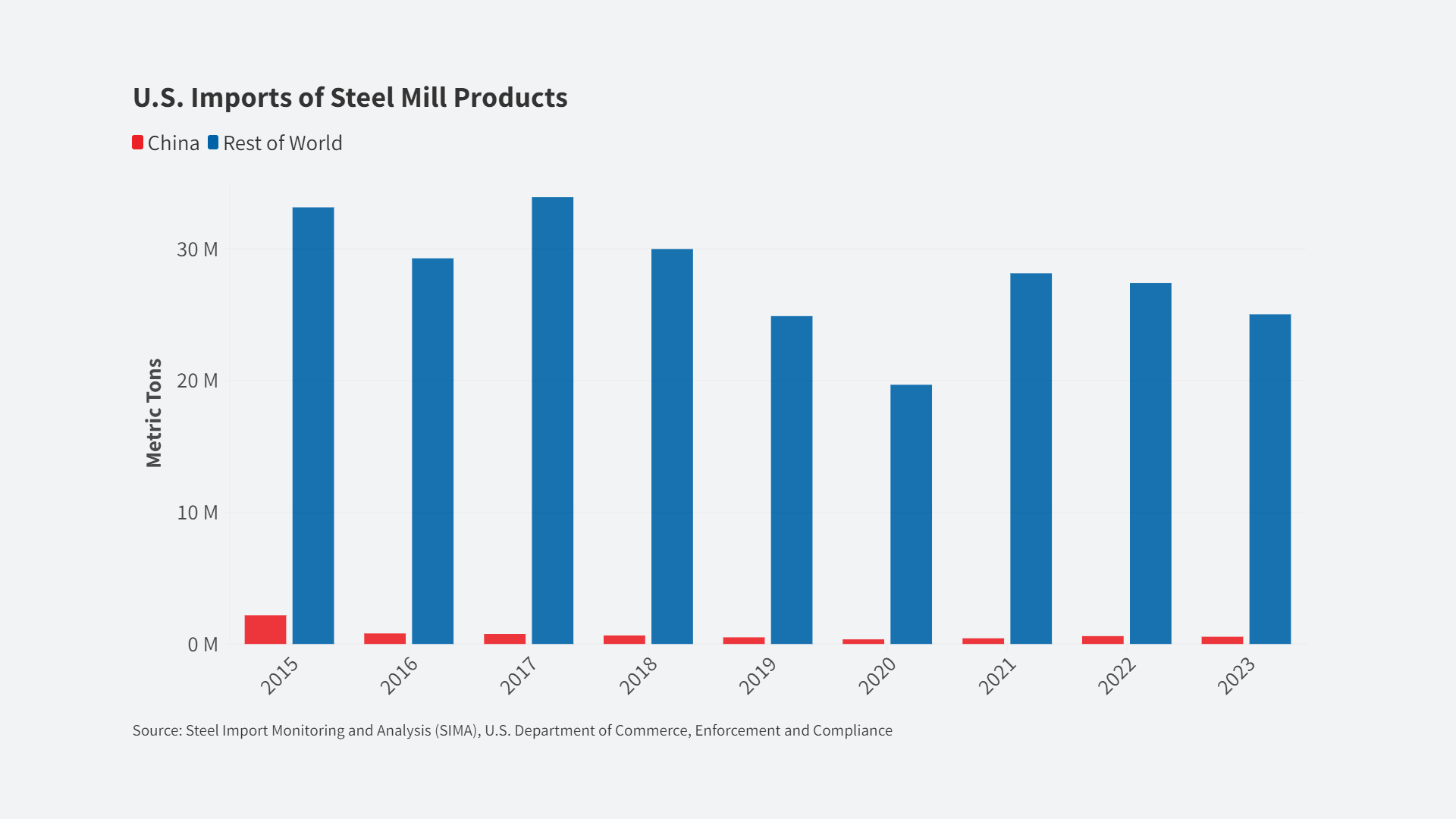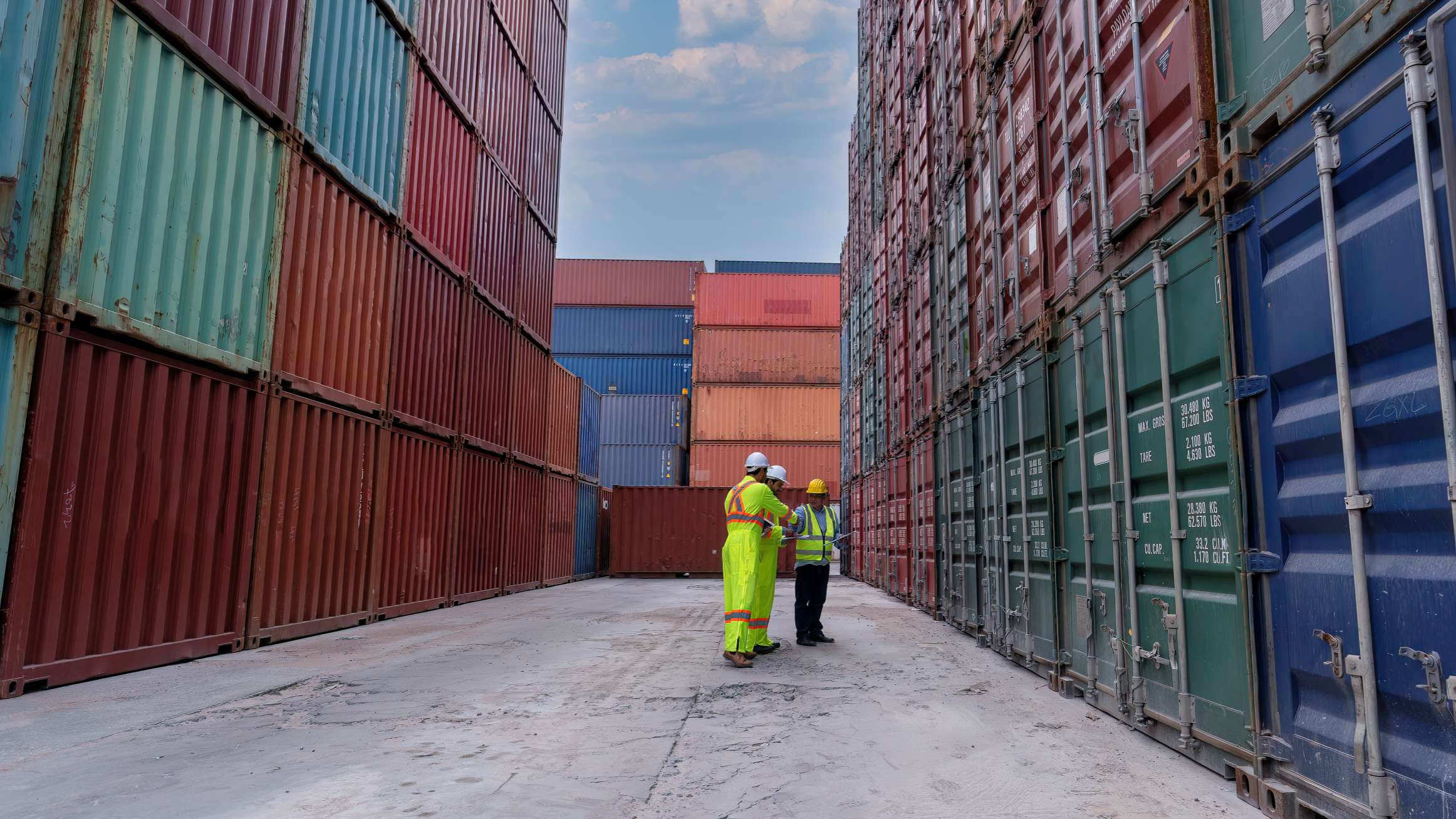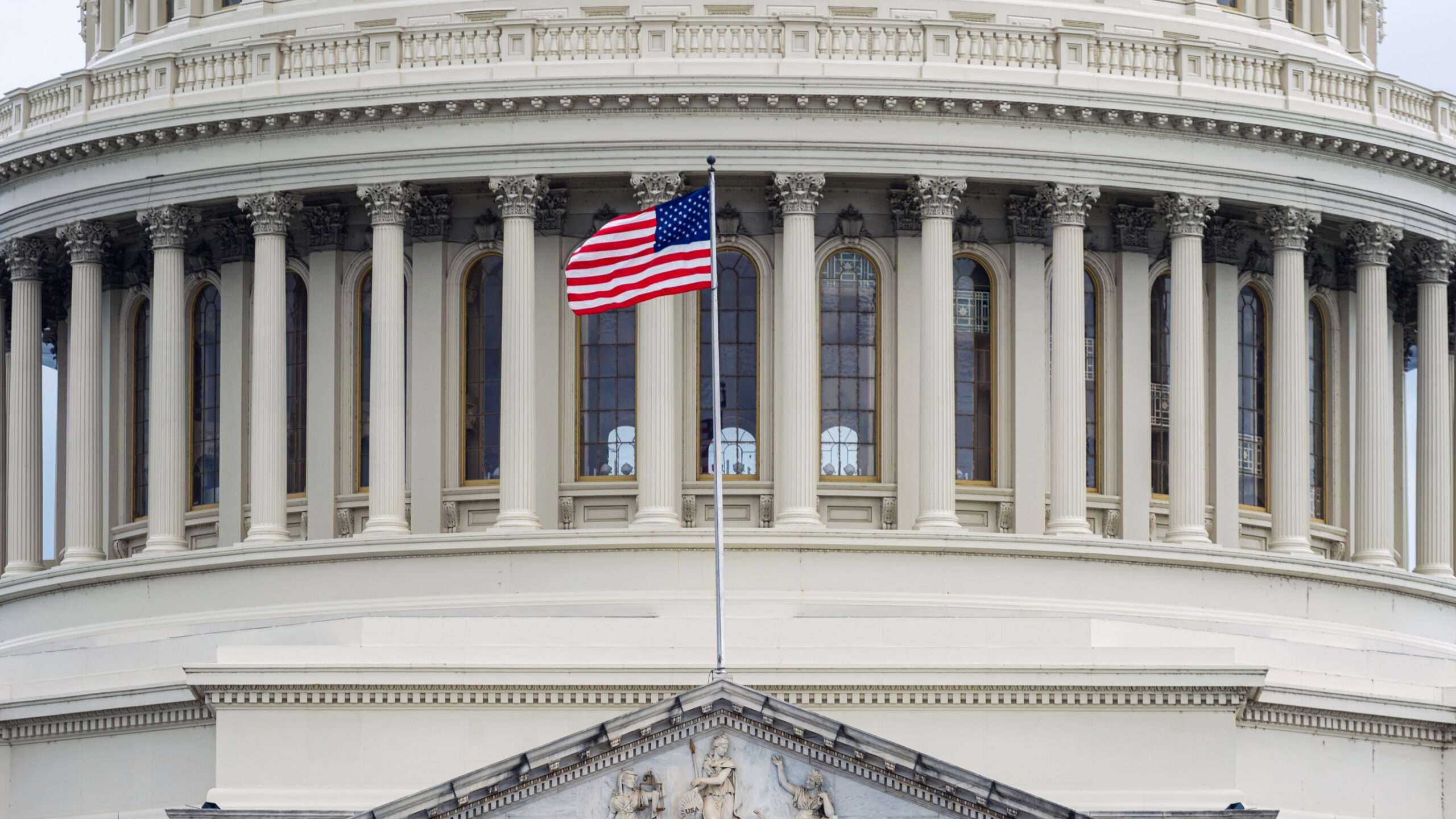
The “manufacturing renaissance” narrative in some circles is simply untrue. And possibly harmful to smart policy going forward.
The Information Technology and Innovation Foundation (ITIF) just produced a report saying as much. The full report is here. A summary is below.
The Myth of America’s Manufacturing Renaissance: The Real State of U.S. Manufacturing
JANUARY 12, 2015 | REPORTS ADAMS NAGER AND ROBERT D. ATKINSON
DOWNLOAD PDF
To listen to most pundits and commentators, U.S. manufacturing has turned a corner and is roaring back after the precipitous decline during the 2000s. Long gone are the dismal days when manufacturing jobs and output were lost due to foreign competition. Higher foreign labor costs, cheap oil and gas here at home and automation are combining to make America the new global manufacturing hub: at least according the now dominant narrative. Indeed, the term “manufacturing renaissance” is used to describe this new state of affairs.
However, as a new ITIF report shows, the data do not support such a rosy scenario. In fact, at the end of 2013 (the most recent year available) real manufacturing value added (the best measure of the health of U.S. manufacturing) was still 3.2 percent below 2007 levels, despite GDP growth of 5.6 percent. Moreover, there are still two million fewer jobs and 15,000 fewer manufacturing establishments than there were in 2007. Much of the growth since 2010 appears to be caused by a cyclical recovery as demand, particularly for motor vehicles and other durable goods, returns. In fact, 72 percent of jobs gained and 187 percent of the heralded real value added growth in manufacturing between 2010 and 2013 came from transportation sector or primary and fabricated metals.
It is true that some jobs are being brought back to the United States. However, reshoring numbers are modest and the manufacturing sector is also still sending jobs overseas, roughly at the same rate. While this new equilibrium between companies coming and going is certainly an improvement over rapid off-shoring, it is hardly indicative of a renaissance.
At the end of the day, much of the renaissance story is based around several misconceptions about U.S. cost advantages, including incorrect assumptions surrounding Chinese wage growth and productivity, global shipping costs, the role of the U.S. dollar, the importance of the shale gas-driven energy boom, and American productivity growth. The pervasive belief that these factors will drive production back to the United States with little real assistance constrains the possibility of real legislative action to support American manufacturing. The report addresses and refutes the following misconceptions:
Myth: China’s rising labor costs will soon match U.S. wage
Fact: Chinese wages, while rising rapidly, are still estimated to be just 12 percent of average U.S. wages in 2015. Chinese labor productivity growth and its infrastructure push to open the interior for production reduce the impact of Chinese wage growth.
Myth: Global shipping costs are unusually high, making it easier for the United States to produce more for U.S. and European markets.
Fact: Undersupply led to skyrocketing global shipping costs in 2008. However, today shipping costs are back to normal after falling by 93 percent in a six month period in 2009.
Myth: The Shale Gas boom gives U.S. manufacturing a substantial advantage
Fact: Reduced costs for shale energy has had an impact only on energy intensive industries, and then only a minor one. For 90 percent of the manufacturing sector, energy costs are lower than 5 percent of shipment value. The benefits are largely restricted to the petrochemical sector and drilling operations.
Myth: Currency fluctuations will fix the trade deficit
Fact: In the long-term, macroeconomic theory states that currency valuation should fix trade deficits. However, the United States has been running a trade deficit since 1975, and the trade imbalance is wider than ever. The dollar is currently at a comparable level to where it was during the 2000s, when job losses accelerated, and has proven unable to fix the United States’ persistent trade deficit.
(Stumo note: This point is both true and untrue. Free floating currency which achieves price equilibrium levels will have a massively beneficial impact on trade imbalances, in comparison to the competitive global devaluation environment (i.e. manipulated currency) that we have today. As big as that would be, it would not be enough to get rid of the trade deficit, on its own. However, I question why ITIF cited the 2000s as a reference point when currencies were manipulated then).
Myth: Superior U.S. productivity growth will restore jobs
Fact: U.S. productivity is not increasing faster than that of other industrialized countries, and is growing much slower than China and South Korea.
In summary, to realistically assess U.S. manufacturing, it is important to have a clear idea of where we are. The debate on U.S. manufacturing should not be informed by anecdotal evidence, promotional consulting reports, or reports from think tanks with an agenda of keeping bad news from dampening support for further global integration. From an in depth analysis of available data on U.S. manufacturing workforce, value added, and productivity, U.S. manufacturing is shown to be in state of moderate, cyclical growth and not experiencing a renaissance.













